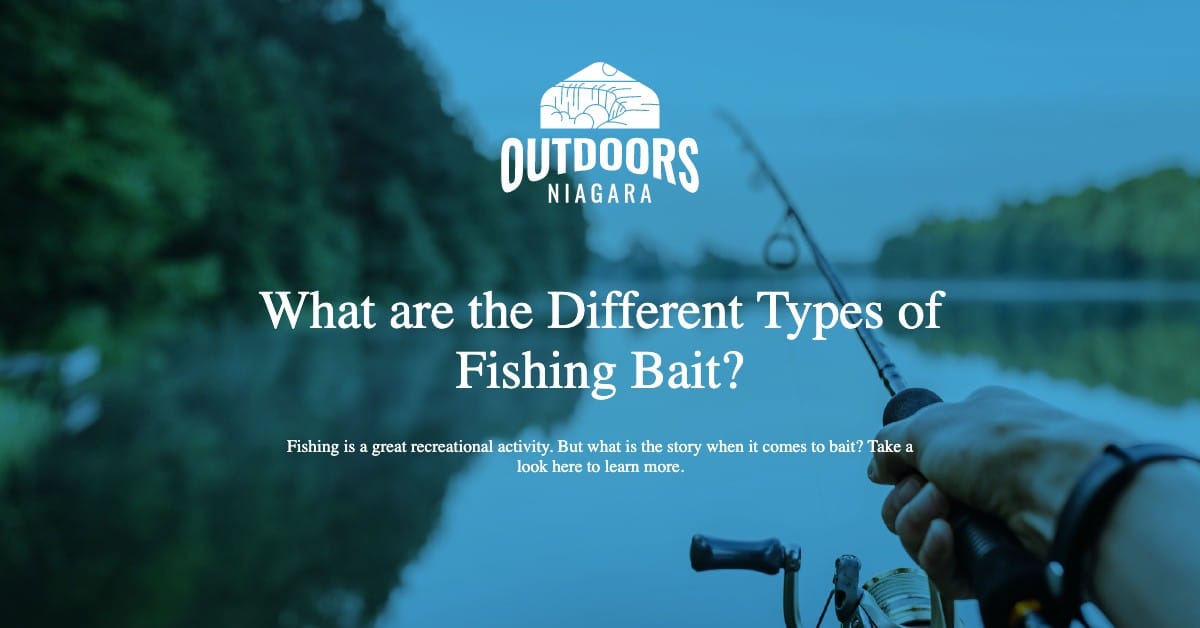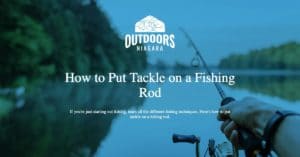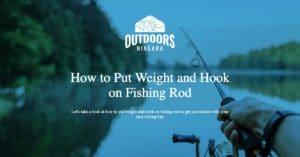Are you planning a fun fishing trip with your family or friends?
Fishing is a great recreational activity that can be enjoyed by people of all ages and requires little to no skill to do.
With the variety of rods, reels, and bobbers available, the most challenging task you will face is choosing the best type of bait.
What are the different types of fishing bait, and what baits can you use for the different types of fishing?
We are going to take a look at everything you need to know about fishing bait below, so if you want to know more, just keep reading!
Let’s get right into it!
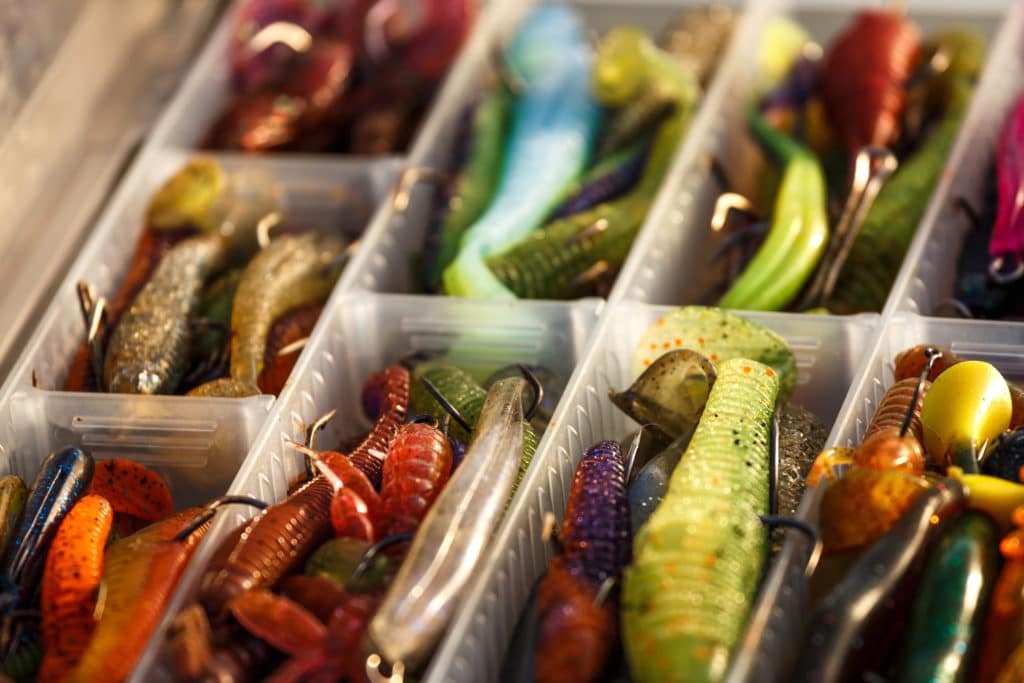
Contents
What is Fishing Bait?
Let’s start off with the answer to the most common question when it comes to bait – what exactly is it?
Bait is considered absolutely anything that anglers can use to attract a fish.
Bait can be natural or artificial, with natural bait including live or dead objects.
Artificial bait can be handmade or store-bought and includes lures, flies, and more.
Choosing a type of bait depends on the species of fish you would like to catch.
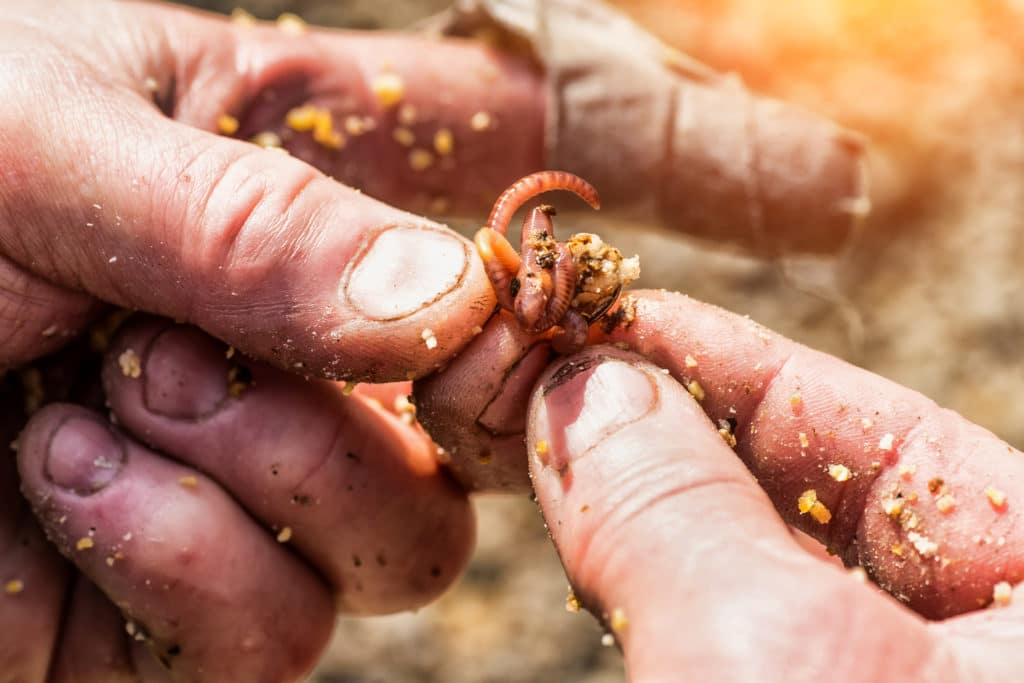
What is natural bait?
Natural bait includes the food a fish would eat. It can be dead or alive and is made up of fish, worms, minnows, frogs, insects, and even leeches.
Fish are naturally attracted to the odor, color, and texture of natural bait and will try to eat them, ending up on your sharp hook.
Before you set out on your fishing trip, make sure that you can use live natural bait in the area you will be visiting.
The use of live bait is regulated in many states to control and prevent the spread of parasites from live bait to other ecosystems.
You can find this on your local government’s website.
What is artificial bait?
Artificial bait is usually bought from a store. It is also called lures or flies.
Anglers can use lures to attract fish using movement, color, and vibration to mimic the movement of a live fish.
While some fishermen are happy to maneuver the rod themselves to create this motion, another fun fishing method is attaching your rod to a boat and pulling an artificial bait behind the boat.
This is called trolling and is a popular way of fishing on lakes and other freshwater bodies.
There are tons of lures to choose from that you can buy to add to your tackle box. The most common types are:
- Spoon lure
These lures look like metal spoons that reflect light to attract the fish into thinking they are tasty morsels.
- Surface lures
Poppers belong to the surface lure family and float on the water’s surface, mimicking a dead or ill fish. They are hollow and are used to alert the fisherman that there is a fish on his hook.
- Artificial flies
These are lures made of fur, feathers, and other threads and are made to look like fish or insects to attract fish.
There are four types of artificial flies, namely dry flies, wet flies, nymph flies, and streamer flies.
Artificial flies are used mainly for fly fishing, which is a type of fishing done in shallow waters and requires very little water activity or movement to lure the fish into taking the bait.
How to Choose Your Bait
Your choice of bait directly influences the type of fish you can catch.
Choosing bait can be tricky and has certain factors that need to be considered. They are:
#1: Size and Color
By knowing the type of prey that your intended catch is interested in, you can use bait to mimic that prey. Using live or dead bait, artificial or natural, should be decided based on what you want to catch.
For deep water or deep sea fishing, choose bright colors to stand out against the darker waters.
Fish are more likely to pay attention and be attracted to a brighter option in dark waters.
If you are fishing in freshwater like a lake, choose bait with a more muted color and preferably natural bait.
Lakes are full of large fish, and catching one is a breeze if you use the correct bait.
#2: Weather
Did you know that the weather impacts the type of bait you should be using when fishing, as well as the fish you are more likely to catch in certain weather conditions?
You might find it interesting that colder water makes it easier to catch fish, as they are more lethargic and move around less, conserving their energy while waiting for warmer weather.
Live bait is especially appealing in colder weather as fish try to find a tasty snack for energy and sustenance.
#3: Season
The winter months are brutal for fishing. With many fish migrating to warmer waters, fish might be in a shorter supply.
The warmer spring months are for spawning, and you are likely to catch more fish with natural bait than artificial bait and lures.
#4: Location
Freshwater fish prefer artificial bait, while saltwater fish love live bait to satisfy their hunger.
Choose colorful, fast-moving bait for saltwater and opt for those more towards the surface for freshwater fishing.
If you’re undecided or unsure of what type of bait you should be using, subscribe to a fishing blog for interesting articles, tips, tricks, buyer guides, and more.
The internet is an excellent source and you will find most of the information you need online.
Are Bobbers Useful for All Types of Fishing?
Bobbers are colorful, hollow objects added to your fishing line to keep your line in place.
As it is hollow and rests on the water’s surface, it can detect even the slightest of movements to indicate that there is a fish on your hook.
Pop a few in your tackle box to make sure you have the right one for the type of fishing you will be doing on your next fishing adventures with family and friends.
Choosing a bobber is almost as important as choosing the correct bait and can make a significant impact on the number of fish you catch, as well as the types of fish.
A bobber is an effective method of alerting you to any fish prey on your hook.
Bobbers can be used in fresh or saltwater fishing expeditions and are placed on the line, about a foot up from the hook.
These bobbers float on the water’s surface and allow the baited hook to be in the correct depth where most fish feed.
If you are fishing in shallower waters, you can reduce the length between the hook and the bobber to not get your hook caught in seaweed, algae, or on rocks.
Anglers can use bobbers in ice fishing, fly fishing, shallow water fishing, catching small and larger fish, and even in deeper waters and murky water.
To effectively make use of a bobber, you will need fishing hooks, bait that mimics the natural prey of your intended catch, and a lure sink.
There are a few types of bobbers to choose from and they differ in size, color, weight, and depth capacity.
Conclusion
Fishing is a great all-around recreational activity for the whole family.
It needs almost no skill level to enjoy and can be done almost anywhere and on almost any body of water.
Using the best bait is essential to catching the right type of fish.
It is crucial to consider the location of the body of water, the weather, the season, and the size and color of the fishing site or fish you would like to catch.
In this article, we have provided you with information about the different types of bait, which bait to use in certain types of water, as well as how to choose the best bait based on the factors we discussed earlier.
Happy fishing!

